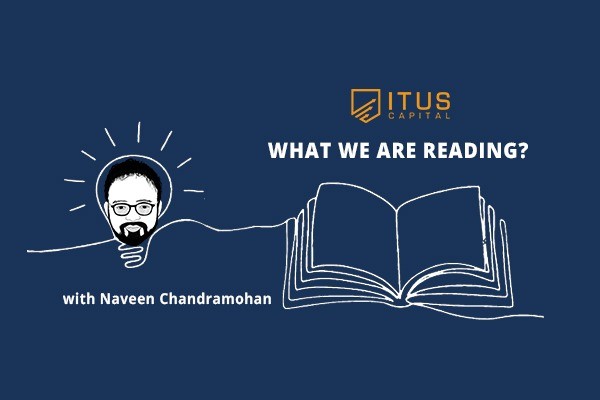
One of the more thought-provoking frames I came across recently in a lecture on game theory was the idea that “the way to win in the world is through transgression, as this leads to synchronisation.” At first, the phrasing sounds counterintuitive. But unpacking it reveals a powerful lens for both businesses and investors.
Transgression: Breaking the Expected Playbook
In game theory, a transgression is not about cheating — it is about deviating from the accepted rules of the game. Every industry or market tends to converge on a set of norms: pricing conventions, business models, or risk frameworks. A transgressive player questions these norms and dares to move outside them.
Synchronisation: The New Equilibrium
When a transgressive move resonates with deeper structural incentives (lower cost, higher convenience, better efficiency), competitors and customers quickly synchronise around it. What was once radical becomes industry standard.
This is where the paradox lies: once the world synchronises, the original edge is gone. Alpha becomes beta.
The Moat in the Middle
The winners are not just those who transgress, but those who lock in advantages while the market catches up.
This phase is where leaders convert an innovation into something defensible.
Renewal: The Next Transgression
Long-term winners don’t stop after their first transgression. They institutionalise a culture of asking: “Where is the next boundary to cross?”
The edge lies not in a single clever move, but in the habit of renewing transgression before synchronisation fully matures.
Implication for Investors
As analysts and fund managers, it is useful to frame businesses along this cycle:
Instead of only asking “what is their moat?”, we should also ask: “Where are they in the transgression–synchronisation cycle?”
Public markets pay up for moats but punish companies to transgress. Here in would occur valuation inefficiencies.
References / Further Reading
At Itus, we see this as a useful lens not only for evaluating companies but also for thinking about our own process — the renewal of edge through disciplined transgression.